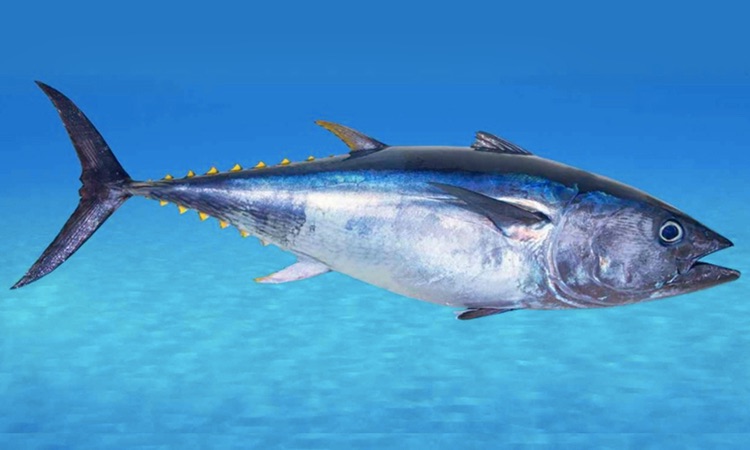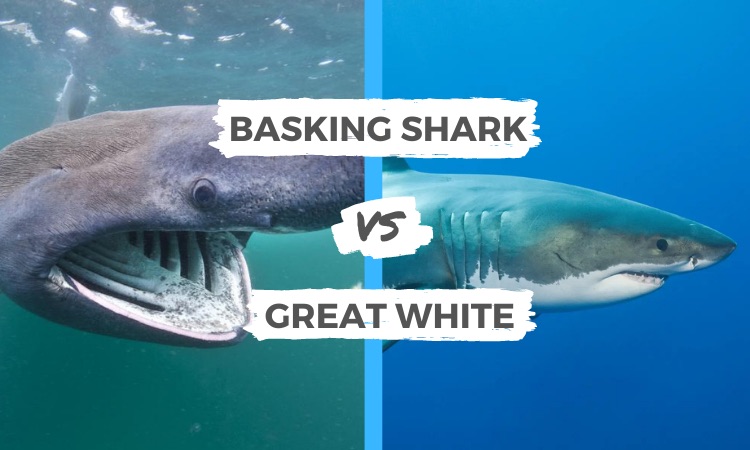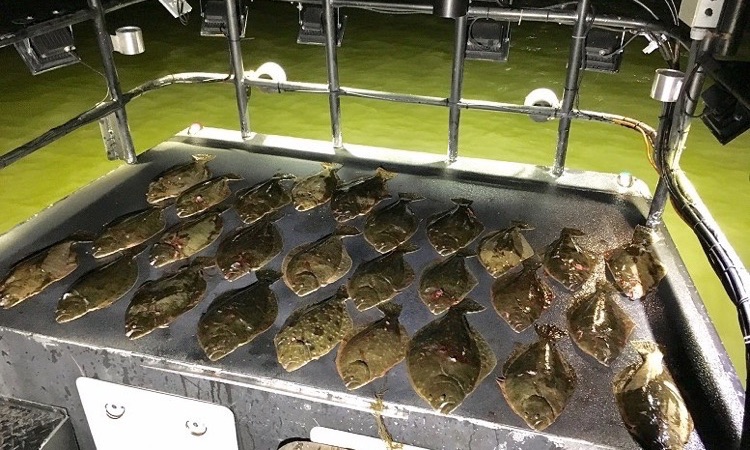You may not have noticed them, but sand crabs are an indispensable part of beach life. Barely two inches long during the entirety of their lives, these small crustaceans burrow deep beneath the sands and consume a wide range of substances.
Now, you may have wondered, “what do sand crabs eat?” Read on to learn more about what these tiny creatures consume.
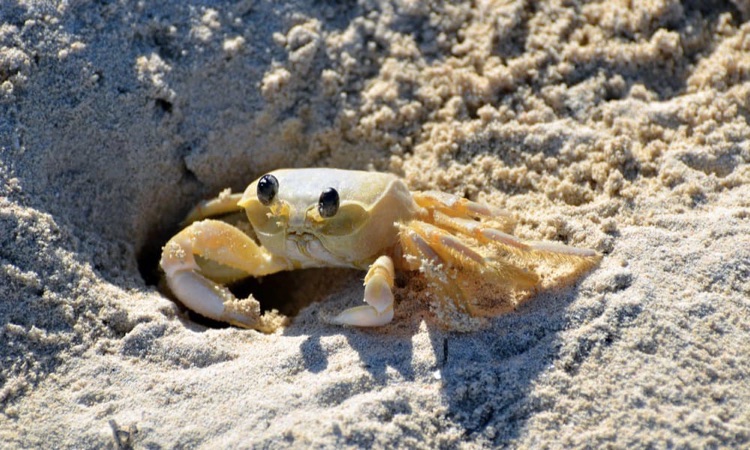
What do They Eat?
Sand crabs are not only known for scavenging, but also for feasting on microscopic plankton, mollusks, other smaller crustaceans and algae that can be reached from their sandy abodes. In addition to these treats, they may occasionally snack on anything else in reach!
Sand crabs have been known to eat the following things:
- Algae
- Plankton
- Small fish
- Molluscs
- Other crabs
- Baby turtles
Sand crabs are well-known as scavengers, and will devour anything within their reach while they stay in the security of their sandy abodes. This implies that sand crabs can consume a variety of foods similarly to regular crabs. Making them quite similar when it comes to what they feed on.
Sand crabs may be thought of as omnivores due to their highly strategic way of foraging. These animals are also known for their ability to track the tides.
This is just one example of how truly fascinating they can be. With so many impressive traits and behaviors, sand crabs certainly deserve our respect and admiration!
Believe it or not, the diminutive sand crab may be able to help us in our pursuit of knowledge! According to the Oregon Marine Reserves, this humble crustacean contains some of the largest sensory neurons out of any animal. Making it a valuable asset for neurological research.
Finding Food
According to the American Midland Naturalist, sand crabs boast large and feathery antennae that they use as eating utensils. As the ocean tides retreat, they poke their antennae out of the sand in search of food.
Sand crabs make the most of their feeding opportunities by constantly moving up and down the beach or shoreline throughout the day. They search for new locations that will help them take advantage of the tide, so they can maximize their food intake.
Even though you won’t spot a sand crab hard at work scurrying beneath the sandy shore, their air bubbles surfacing after waves recede are proof of their presence. Driven by hunger, these small creatures scavenge for delicious morsels in underwater depths!
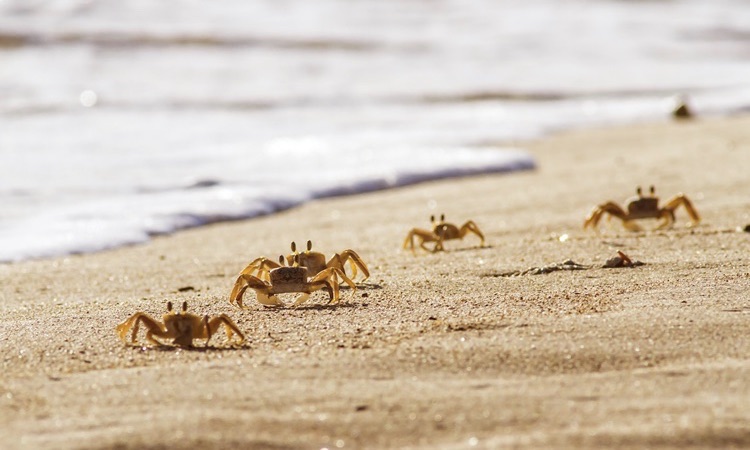
Sand Crab Predators
Numerous predators lurk in the shadows, waiting to feast on sand crabs and include:
- Seagulls
- Fish
- Other types of crabs
- Humans (we use them for bait)
Sand crabs are an excellent choice of bait for fishermen, given their widespread availability in the ocean and that they constitute a major part of the daily diet of many fish species.
For instance, barred surfperch consume sand crabs almost solely! This is why anglers across the world have embraced them as their go-to lure when it comes to catching potential prey.
Seagulls are experts in their field when it comes to unearthing sand crabs from the depths of the shore. With an intricate dance-like shuffle, seagulls are able to expose buried prey and capture them before they manage to escape back underground.
Scientific research has discovered that mallard ducks have been adapting their diets to include sand crabs, disregarding the risk associated with ingesting an unfamiliar food source.
But before we pass judgement on this new trend, one must consider the possible health benefits as a result. Namely, providing these birds with an abundant supply of protein. So while there may be risks involved in consuming such a different meal choice- the potential advantages clearly outshine them!
Though sand crabs have the capacity to evade predators by digging swiftly or moving backwards with their short legs, this is generally insufficient for them to elude their destiny.
Lifespan
The sand crabs’ lifespan is unfortunately limited to two-three years in the wild. Moreover, their reproductive cycle has an additional hitch – female sand crabs can only produce eggs once they’ve survived a year.
On the bright side, if it does manage to survive this long, then these crustaceans are capable of producing over 30,000 offspring annually!
Ravens are known for their extraordinary hunting strategy when it comes to sand crabs. Scientists have discovered that they can distinguish between the female crab carrying eggs, and those without them. They then opt to kill only the former before devouring its cargo of delicate eggs.
As sand crabs like to reproduce in the spring and summer, birds will flock to beaches and shorelines around this time of year in search of food.
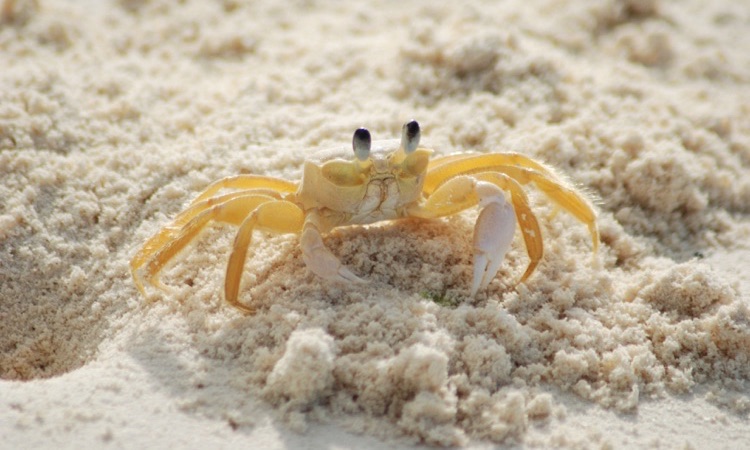
How do They Fit into the Ecosystem
Sand crabs are a pivotal part of the ocean ecosystem. Without them, many species of fish, birds, and other crustaceans would struggle to survive.
The presence of sand crabs protects shorelines from erosive forces by providing shelter for secondary species that call these shores home. Without such resilient inhabitants protecting our beaches, we may not have as much opportunity to enjoy nature’s beauty in all its forms!
Sand crabs are not just harmless little creatures. Their diet has a tremendous effect on the ecosystem. Sadly, this often means eating domoic acid.
A naturally occurring substance that can be toxic to animals higher up in the food chain like birds, fish, and even humans! Thankfully, scientists have discovered that by studying sand crab diets they can gain invaluable insight into our environment.
Monitoring domoic acid levels along a beachfront can be immensely beneficial in determining the toxicity of local coasts. Therefore, scientists often turn to sand crabs as reliable instruments for measuring these concentrations.
Other than that, the diet of sand crabs doesn’t typically influence other species. As scavengers, they consume whatever food is available – no pickiness here! Unfortunately though, predators often find them to be an easy meal source.

